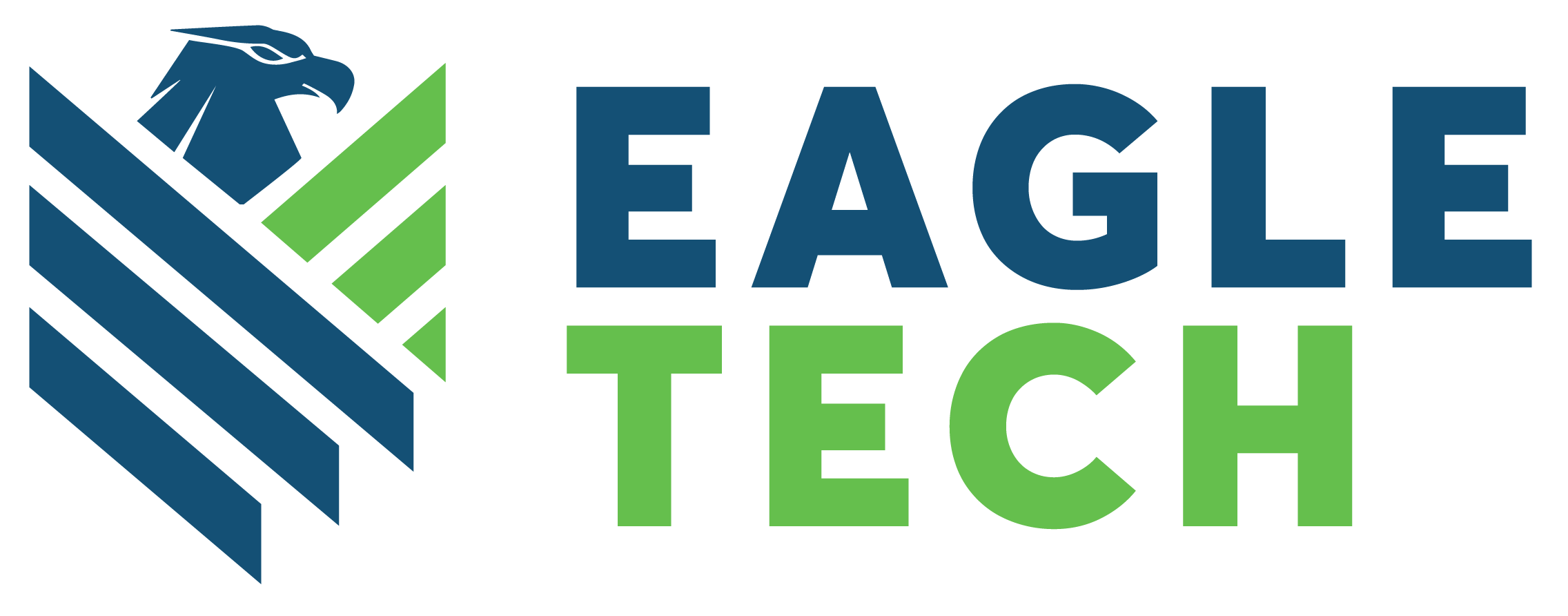Artificial intelligence (AI) is a powerful technology that can help businesses improve their efficiency, productivity, and customer satisfaction. However, using AI also comes with some challenges and risks, such as ethical, legal, and technical issues. For that and more, learning some best practices for using AI in businesses can be a great help.
Some Best Practices for Using AI in Businesses
It is important to follow some best practices when implementing AI in businesses. Here are some tips to get started.
- Define goals and expectations. Before adopting AI, users should have a clear idea of what they want to achieve and how to measure success. For example, do they want to automate a specific task, enhance a service, or create a new product? What are the benefits and costs of using AI? How will users evaluate the performance and impact of the AI solution?
- Choose the right AI solution for the business needs. There are different types of AI solutions available, such as machine learning, natural language processing, computer vision, and speech recognition. Each one has its own strengths and limitations, and may require different levels of data, expertise, and resources. Research the options and select the one that best suits your goals, budget, and capabilities.
- Ensure data quality and security. Data is the fuel of AI, so users need to ensure that the data is accurate, relevant, and reliable. They also need to protect it from unauthorized access, misuse, or loss. Follow the data protection laws and regulations, and implement appropriate security measures such as encryption, authentication, and backup.
- Consider the ethical and social implications of using AI. AI can have positive or negative effects on society, depending on how it is used and who benefits from it. Consider the potential impacts of the AI solution on human rights, privacy, fairness, accountability, and transparency. Also, involve stakeholders, such as customers, employees, partners, and regulators, in the design and deployment of the AI solution, and seek their feedback and consent.
- Monitor and update the AI solution regularly. AI is not a one-time project but a continuous process that requires constant maintenance and improvement. Users should monitor the AI solution’s performance and results, and identify any errors, biases, or anomalies. They should also update it with new data, features, or algorithms to keep it relevant and effective.
Keep in touch with our blog to read the latest news and innovations in the cybersecurity world.

Foto de Patrick Tomasso en Unsplash.
Facebook: Eagle Tech Corp
Instagram: @eagletech_corp
Twitter: @eagletechcorp
LinkedIn: Eagle Tech
YouTube: Eagle Tech Corp




